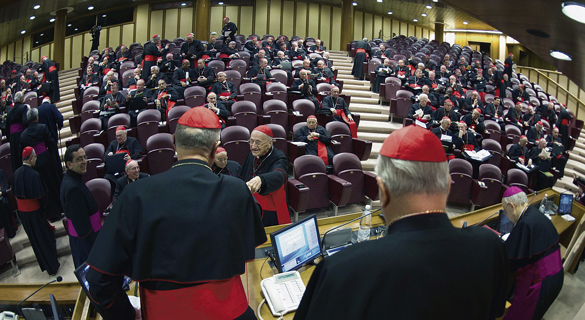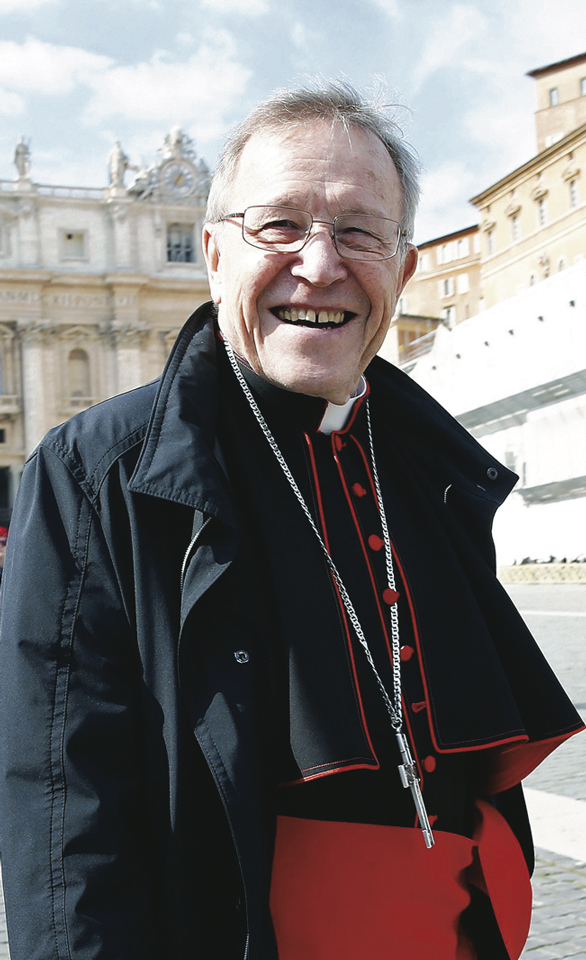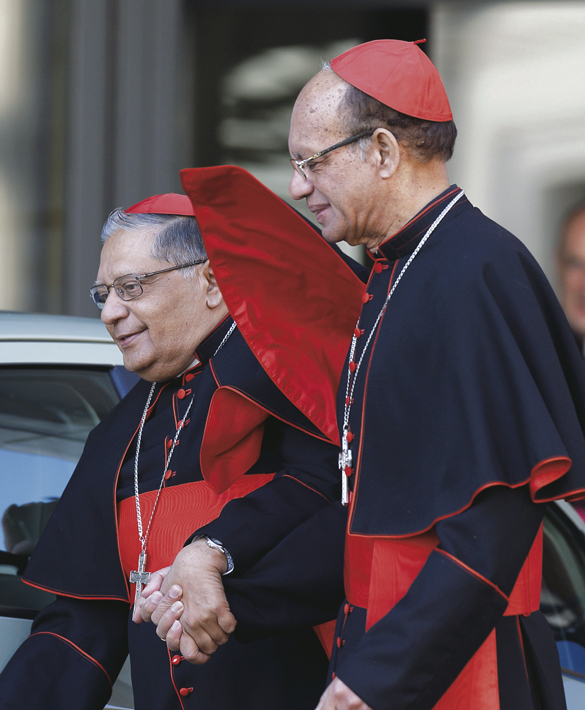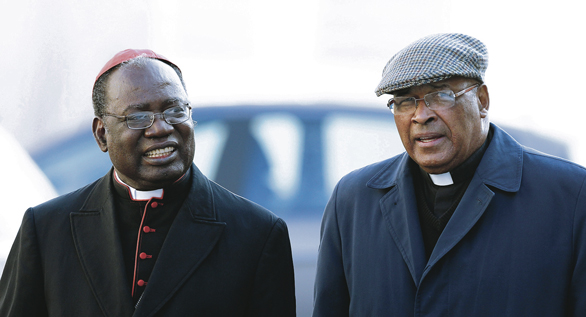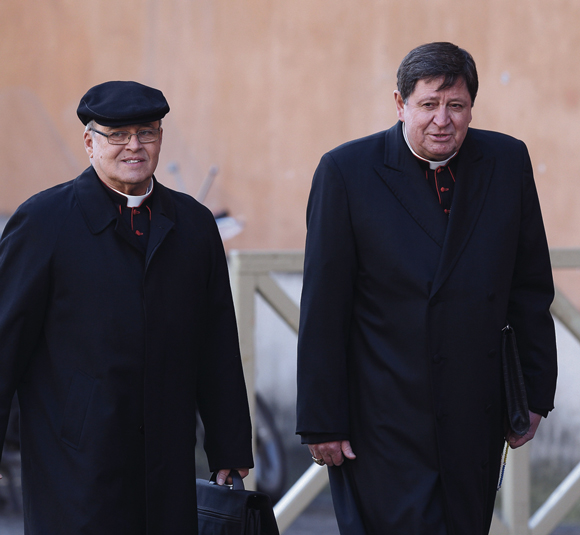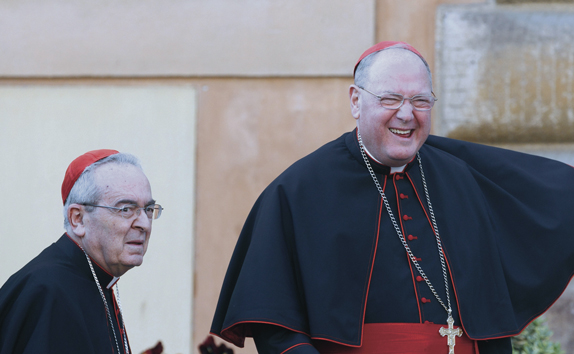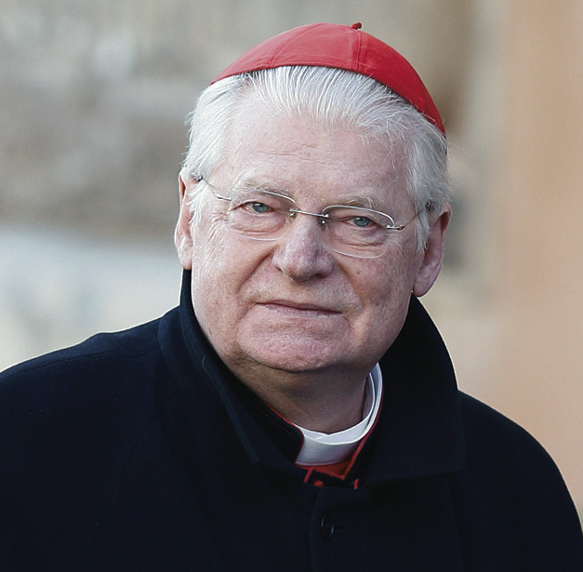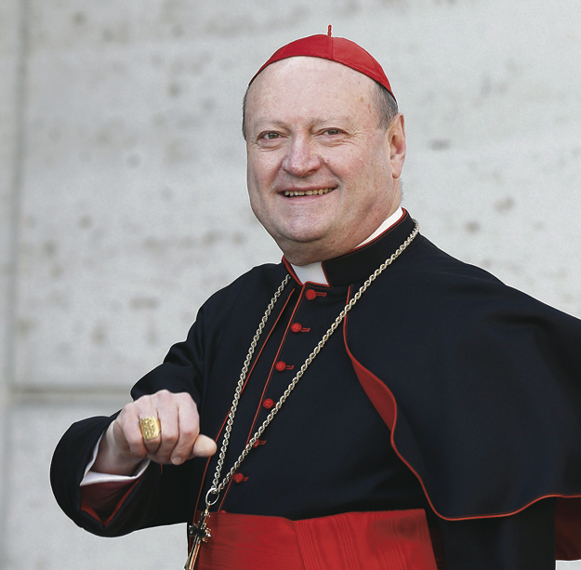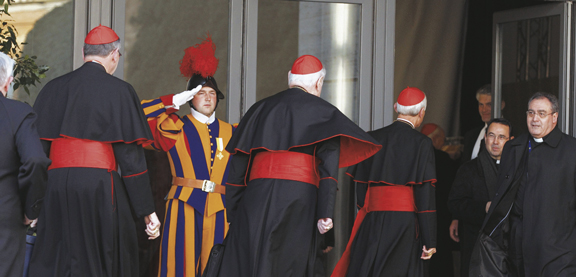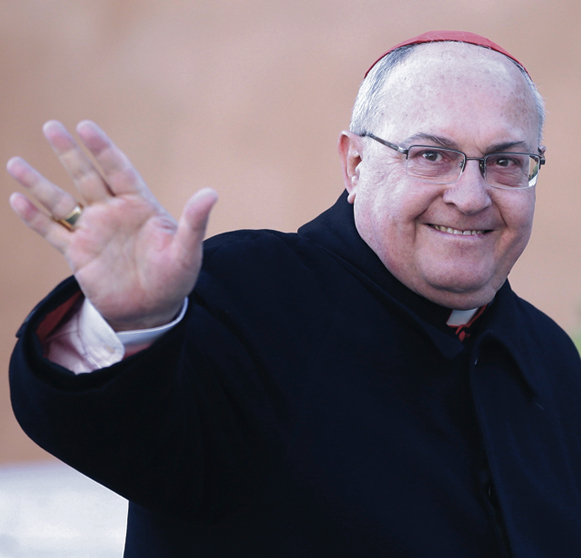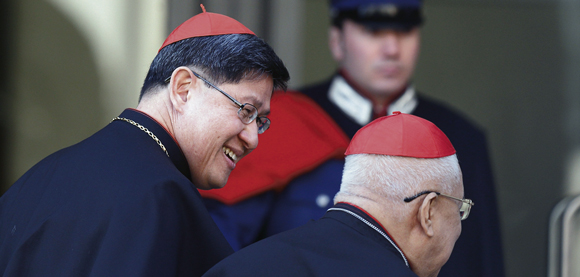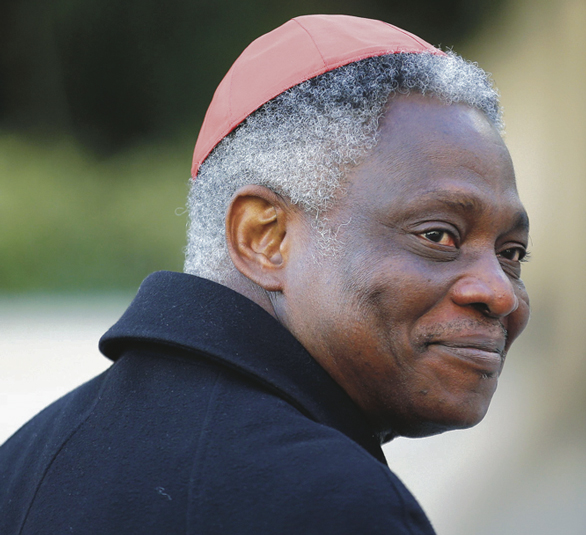VATICAN CITY (CNS) – Chanting the Litany of the Saints, asking a host of holy men and women to help them, the cardinals enter the Sistine Chapel in procession, aware of their enormous responsibility to elect a new pope.
Less than half of the 117 cardinals eligible to vote for a successor to Pope Benedict XVI were in the 2005 conclave that elected him.
Two of those that were – Honduran Cardinal Oscar Rodriguez Maradiaga of Tegucigalpa and South African Cardinal Wilfrid Napier – described the scene as being one of deep prayer and some trembling.
Cardinal Rodriguez Maradiaga told Catholic News Service that, during the conclave, the cardinals spend most of their time in the Sistine Chapel, even though they cast ballots only four times a day.
The time in the chapel includes prayer, writing names on ballots and counting them. But when casting each vote, each cardinal must stand and publicly swear, in Latin, that he is voting according to his conscience. With 115 cardinal-electors expected, that will take time.
“In front of the crucifix and in front of the ‘Final Judgment’ painting, we say, ‘I call Jesus as a witness, and he will judge me that I have elected according to my conscience,’ so you can imagine … why it takes so long. And in the meantime, when everybody is casting their votes, we are praying, so it is like a big cenacle of prayer.”
“This is beautiful,” Cardinal Rodriguez Maradiaga said. “This is the most loving experience, how an election should be. I wish all the elections in the world could be like that: in an atmosphere of prayer.”
Cardinal Napier told CNS that even the way the cardinals are dressed – in choir dress like they dress for liturgies – contributes to the atmosphere of prayer.
Although he has the experience of the 2005 conclave, he said, “It’s probably going to be just as frightening, just as (much) anxiety” this time, especially because “I’d say there’s a wider field of choices, there are younger cardinals who I believe have real qualities of leadership. At the same time perhaps we don’t know each other that well, but we have to put a lot of faith in the presence and activity in the Holy Spirit.”
Cardinal Napier said that when the cardinals arrive in the chapel, they make a formal vow of secrecy, then each cardinal goes up and puts a hand on the Bible, confirming his oath.
Once each cardinal sits down, he said, he thinks “this is it,” and sees on his table the list of names of the cardinals, the ballot paper, the instructions and a small biography of each cardinal.
“Then you know you really are about to get down to business very soon,” he said. There is “a sense of excitement, a sense of anxiety,” wondering “how is it all going to work out?”
“But probably the most solemn, the most difficult, frightening (moment) is when you go with your ballot paper in your hand and hold it up in front of the altar and say, ‘I call on the Lord Jesus, who will be my judge, to witness that I am voting for the one I believe to be worthy.’
“That’s really a moment of intense emotion, faith, all these emotions come together at that point. If I’m voting for unworthy reasons, I’m actually asking Jesus to judge me, to condemn me, so it’s a very, very solemn moment,” Cardinal Napier said.
After each cardinal casts his ballot, the papers are opened and read out, one by one, he said. Since each cardinal has a complete list of cardinals, “you’re ticking off as the votes are being cast for one person or another and then totting it up at the end.”
If no candidate has reached the two-thirds required for a valid election, the ballots and all the lists with their counts “are all gathered and taken to the back of the chapel to be burned. The smoke goes up black (for no pope). It’s very touching,” the South African cardinal said.
U.S. Cardinal J. Francis Stafford, who celebrated his 80th birthday last July and is ineligible to enter this conclave, told CNS, “The conclave is basically an extended liturgy,” with prayer punctuating every moment of the day, including the voting.
“We are called to be silent, to be open to the mystery of God present to us in Christ and the Holy Spirit, and that silence begins with an interior silence … so they can listen to the promptings of God’s spirit because they are doing something very, very significant,” he said.
